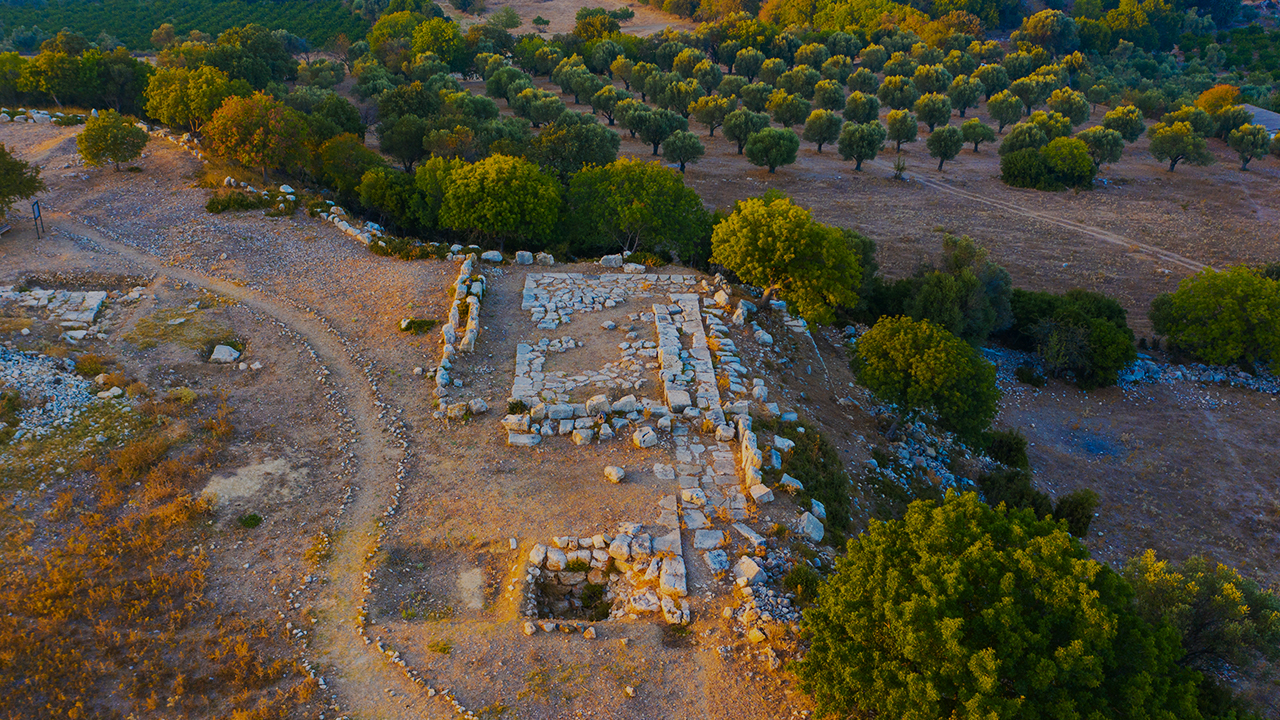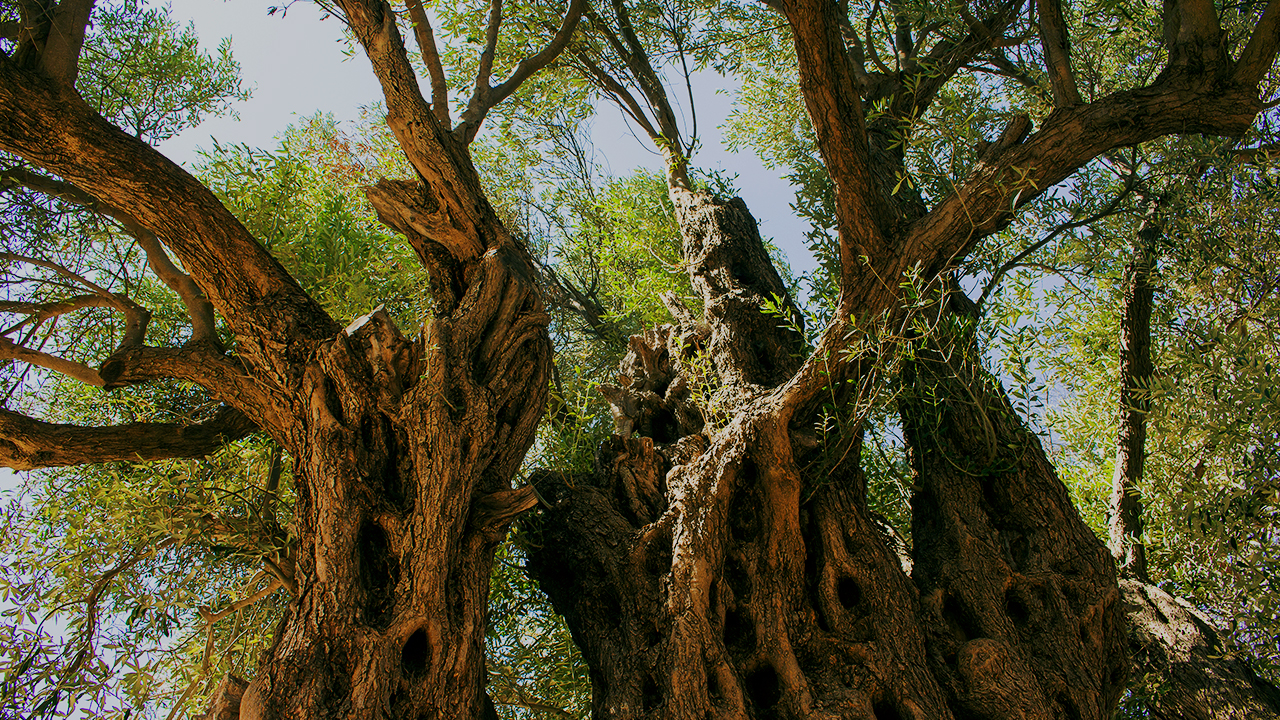
10.05.2024
5 Dakika
The ancient port city of Teos, nestled in İzmir, whispers tales of a glorious past. Its cobbled streets, weathered walls, and towering acropolis stand as testaments to a civilization that thrived on art, philosophy, and trade. Amidst these remnants of human endeavor, a silent guardian of nature and the circle of life stands tall – an olive tree believed to be nearly 1,800 years old, named after Umay Nine (Nana Umay), one of the most enduring figures of Anatolian and Central Asian mythologies.
The story of Umay Nine, also referred to as Umay Ana (Mother Umay) in some narratives, is captivating, as in Turkic mythology, she embodies the essence of motherhood, fertility, and protection. Believed to watch over women during pregnancy and children throughout their growth, this Turkic goddess represents the sacred bond between nature and humanity, symbolized throughout various civilizations with tree, bird, flower, and sun figures.

The reverence for trees in Turkic mythology is deeply intertwined with the concept of motherhood. Just like the earth renewing itself each spring, the life-giving cycle continues through women. Moreover, the olive tree, with its silver-green leaves and ability to endure harsh conditions, has long been a symbol of peace, wisdom, and longevity. The Umay Nine Tree, with its gnarled branches reaching skyward and its timeless presence, becomes a powerful symbol of this spirit and connection. Its bark, etched with the marks of centuries, tells a story of resilience in the face of drought, wind, and scorching sun. Still, year after year, the Umay Nine produces its fruits that nourishes and sustains. Its deep roots burrow into the earth, a silent testament to the enduring power of nature, and its branches whisper stories of many generations who have found solace beneath their shade.

Interestingly, the name "Umay" itself finds mention in ancient Turkic texts like the Orkhon Inscriptions and Dîvânu Lugâti't-Türk, emphasizing its significance within the culture. The belief systems of Turkic tribes further solidify this narrative. For instance, the Sagay tribe imbues Umay Nine with the gift of motherhood, while others believe she offers support during childbirth. Umay Nine continues to hold significance even today. For many visitors, the tree at the Teos Archaeological Site serves as a powerful source of encouragement, support, and comfort. The Umay Nine Tree is a beacon of hope, a symbol of the unwavering maternal love and protection, embodying the spirit of its namesake.
It is also worth mentioning that this connection between Umay and the natural world goes beyond the singular figure of Umay Nine. Turkic mythology accounts for a duality in the narrative – while Umay represents life and goodness, Kara Umay (Black Umay) embodies death and darkness. This further reflects the cyclical nature of life, in which birth and death are two sides of the same coin. It also serves as a powerful reminder of our responsibility to protect the natural world: This ancient and silent witness to centuries of human history is a gift from Mother Nature. By safeguarding such natural wonders, we ensure that future generations, too, can experience the same sense of awe, wonder, and safety that we do.
Standing amidst the Teos Archaeological Site, a treasure trove waiting to be explored, the Umay Nine Tree is a poignant reminder of this enduring cycle. It's a symbol of resilience, a testament to the enduring power of nature, and a silent guardian that has witnessed countless generations as they wove their stories into the fabric of time and the cultural tapestry of the region. Umay Nine Tree is waiting to meet you to tell you its rich history and the mythology that surrounds it. As you stand beneath its branches, feel the weight of history, the enduring power of nature, and the unwavering embrace of Mother Nature! You can watch our introductory video of Teos Archaeological Site and see the wonders it offers, together with this magnificent olive tree, at our Turkish Museums YouTube channel before you plan your trip.